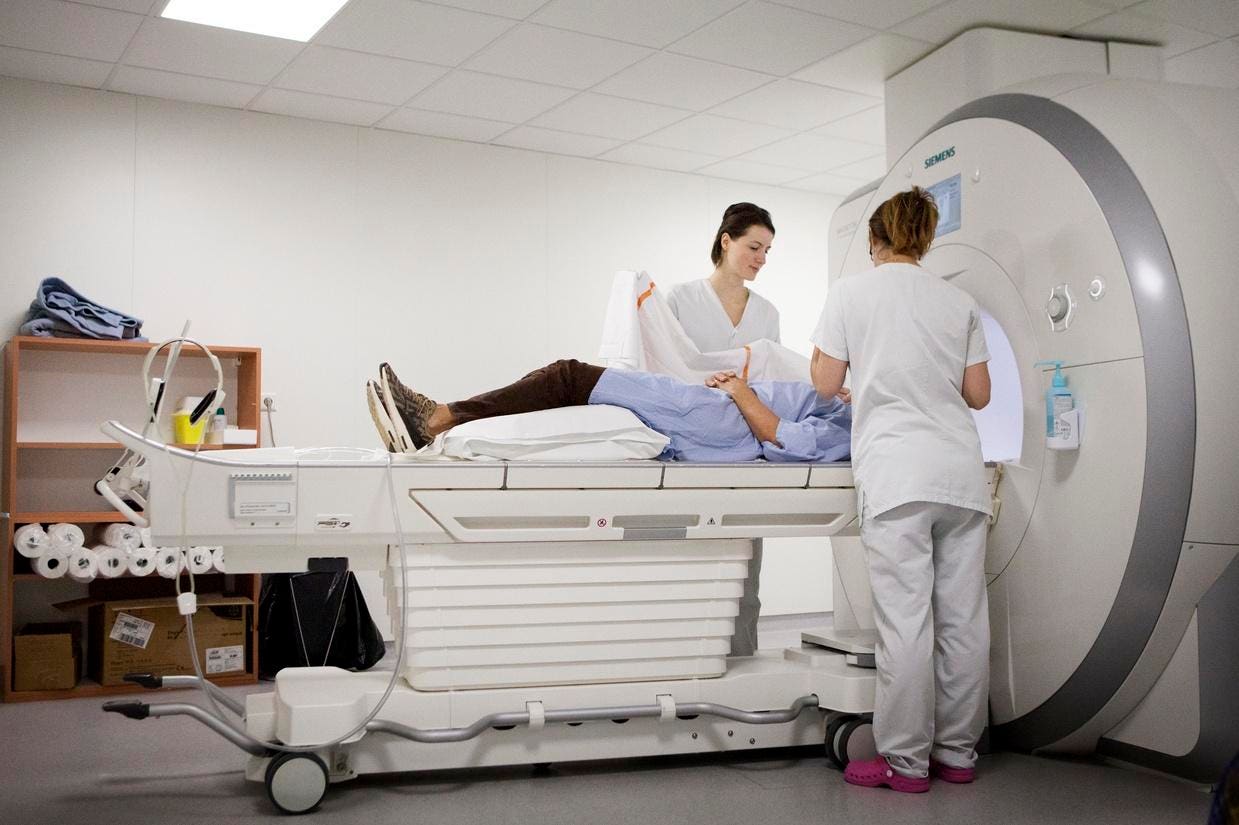Kim Kardashian recently posted an Instagram message touting the use of full-body scans as a way of saving lives.
Companies, such as Prenuvo, which Kardashian mentioned in her post, are promoting full-body scans in an effort to advance preventive medicine and healthcare. These scans are able to image the internal structures of the entire body, detecting a wide range of health ailments including cancer, inflammatory illnesses and cardiovascular diseases.
Potential benefits of such scans include early detection of diseases that in some cases could be life-threatening, giving individuals the opportunity to treat them and possibly save their lives. They also offer a comprehensive evaluation of the body, which can be beneficial to those at risk with a strong risk factors for various illnesses. In addition, for asymptomatic patients who are otherwise healthy, these scans can provide reassurance that they do not have any serious medical conditions.
So should these scans be recommended to the general public?
There are many reasons such scans have not been recommended for the public by the United States Preventive Services Task Force. Full-body scans can result in false-positive results, which means a serious abnormality is detected in the body when in fact none really exists.
A 2019 article published in the Journal of Magnetic Resonance Imaging, which conducted a meta-analysis of studies on preventive full-body MRIs, revealed an average false-positive rate of 16%. This means that almost one in five abnormal findings detected on full-body scans were benign.
False-positive results can lead to unnecessary follow-up tests and even invasive procedures in some cases. As an example, consider a patient that undergoes a full-body scan which then shows a lesion in the kidney that cannot fully be characterized as benign (harmless). The patient will then need to undergo another test, possibly an ultrasound, to assess whether the lesion is benign or malignant (harmful). If the ultrasound proves to be inconclusive, the patient would likely need to get an image-guided minimally invasive biopsy of the lesion to provide tissue so the pathologist could definitively make a diagnosis.
Although minimally invasive biopsies are generally safe, they do pose some risks to patients, including bleeding, infection and injury to nearby structures in the body. If the final result of the biopsy comes back as benign and harmless, the result would be a false-positive. This false-positive would have led to an unnecessary ultrasound and unnecessary biopsy that could pose real and serious risks to the patient. This also does not take into account the cost of the unnecessary test and procedure as well as the anxiety that such interventions could create not only for the patient but for the patient’s loved ones.
Full-body scans can also result in overdiagnosis, which refers to detecting abnormalities that would never cause symptoms but nonetheless are often treated, which can also result in risks to patients based on side-effects from various treatments.
Finally, full-body scans are not affordable for all patients, and most such scans range from several hundred dollars to even several thousand dollars. Most insurance companies would not cover the cost of such scans.
Even if these scans were affordable and covered by major insurance carriers, recommending them would not be justifiable from a public health perspective. Recommendations and guidelines for public health often depend on risk/benefit profiles as well as evidence that clearly shows that a test or intervention will save lives.
There is no such evidence currently to suggest that full-body scans save lives. A statement released by the American College of Radiology on this very topic reads, “To date, there is no documented evidence that total body screening is cost-efficient or effective in prolonging life.”
Lack of evidence coupled with a relatively high false-positive rate that would lead to hundreds of thousands of unnecessary tests and procedures if recommended for the general public make full-body scans a hard sell.
Read the full article here





